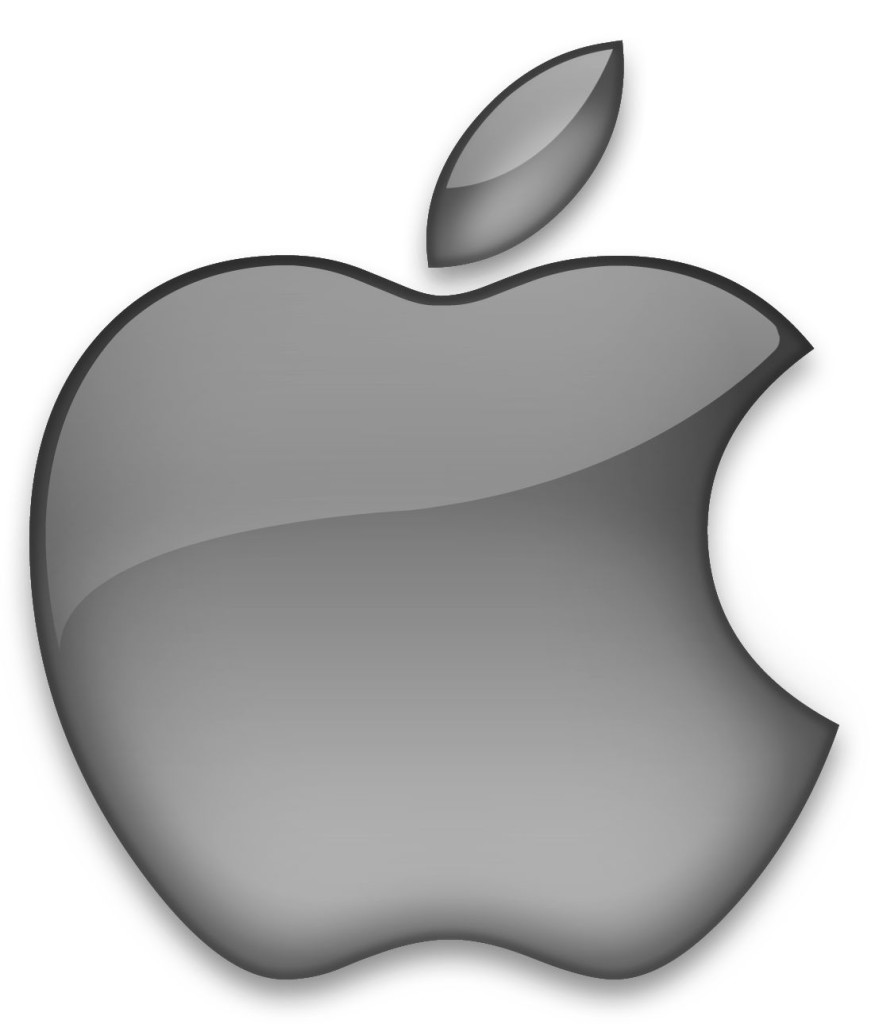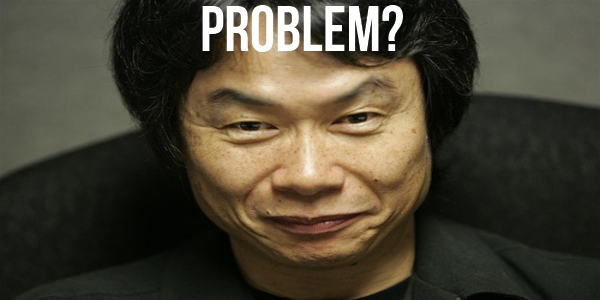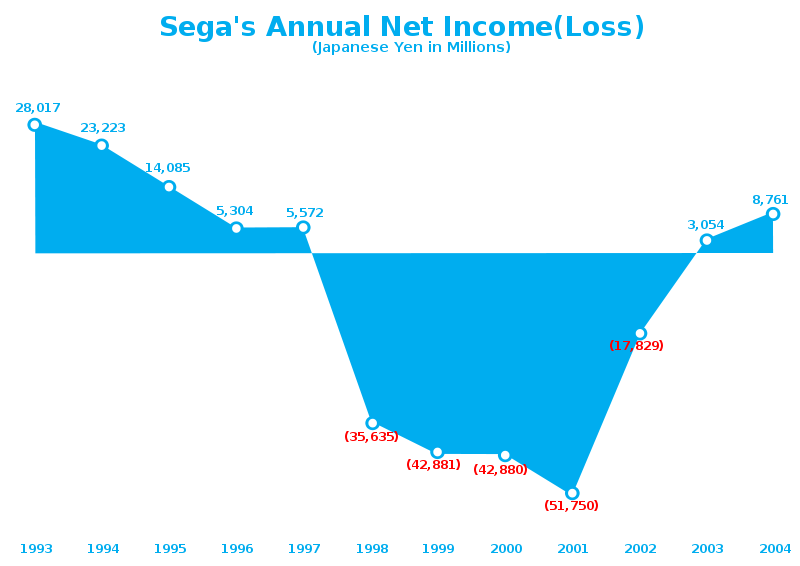What’s the problem with Nintendo? Sales went down the tubes. My earlier article proved a total nonstarter, of course. Obviously, neither I nor President Iwata understands the market his company once helped create. Nintendo faces a structural problem, but also a market based one, a terrible product, and bad self-promotion; a variety of factors led to this points, ones which go beyond the rose-colored lens of Nintendo nostalgia and into the cold, harsh, objective light of day.
The problem is not really a problem with Nintendo. It’s a problem with the audience and a problem with Nintendo’s messages to the consumer. Let’s dive deeper.
Imagine a similar company, one that also deals in all white stylish products, highly controlled user interfaces and devices, as well as a host of established innovative products to its name. Sound familiar, or do I need to spell it out?

Although Apple presents the facade that their products exist as life-changing, society-molding objects of great desire, they’re little more than the output of a capitalist system. The company targeted an audience – the general public and, from my six years of college/university attendance, young hipsters – and knows that they know nothing about the electronics space. What they do know is the advertising, and what the advertising says isn’t that “this user product feels great in your hands and is hard to mess up”; it’s using Walt Whitman quotes to turn Apple into a “big picture” image. They’re not a company; they change reality. It’s as much an ontological statement as it is an attempt to sell you things.
Of course, their promise to provide a sort of freedom means nothing for their actual operations, just the business. Apple has always been about control in their distribution of products and services. It’s why you need to go to an Apple Store to get your stuff repaired, or only use iDevices of any kind with Apple software or risk violating the warranty. If Jobs’ biography says anything, his vision of Apple was always about about a crafted, shaped user experience that is tightly controlled by Apple. They’re not going to open a Wild West of content distribution any time soon.
The advertising has always been aspirational, so Walt Whitman quotes, like the famous Apple Super Bowl ad from 1984, aren’t contradicting their policy; they’re just making people feel like Apple products will open new boundaries while setting them up for the proprietary product wallop they’ll get when they buy Apple hardware of any kind.
So, in that way, it makes a lot of sense that they wouldn’t want said stuff of possible political/social/moral offense/controversy on their store, especially things that highlight actions they take as a company behind the scenes. It is, at least, consistent with Apple’s policy for years and years and years of their products existing on the marketplace. Apps like Sweatshop get pulled all the time due to their themes and their content, for good or ill, due to Apple’s policies. They control the distribution, so they can control the user’s experience. Apple isn’t about offending and changing, obviously; it’s about appealing to your narcissism and shielding the user from the problematic parts of technology (hence, Apple store visits).
In the same way, Nintendo’s Wii brought them the same success for the same reasons. They appealed to people’s base instincts, thus cutting across a wide swath of the so-called “casual” market. They presented a stylish machine with a remote, a simple enough controller to learn with revolutionary technology. You honestly can’t break the device easily (though your TV might experience some Wiimote flinging) and it functions beautifully, like most Nintendo products do years and months down the line. The product line aspired, as in so many advertisements, to bring families together AND people of different realms together, playing games. Remember this?
This marketing SOLD systems. It works; it aspires to bring people together and let ANYONE play. That’s why it worked.
So what happened to the Wii U?
Here’s the problem, then: Nintendo forgot entirely about appealing to the general public. They wanted to bridge the gap between the upmarket of “hardcore” video gamers like myself and the casual audience who bought millions of Wiis to play Wii Sports for a few days and then never pick up any software. Unfortunately, naming your new console with something very similar to your last console without enough differentiation puts you in a strange situation. What is a Wii U, anyway?
The difference between a remote and a tablet, too, also places them in a strange situation. What is this thing? Is it a portable tablet? Does it work with the Wii, or does it require a new console? Imagine all the research you’d need to do; frankly, I can imagine many people giving up before they even got that far. The approximately three millions people that own the system went through a bunch of hoops to figure out about the Wii U, but how often do you think the average consumer will? It’s not a natural progression like a 3 to a 4, or even a 360 to a One.
On the other hand, all of these appear symptoms of a greater problem: an unfocused marketing campaign with an unfocused product. Innovation comes at a price: if you can’t convince people to buy something, who cares how revolutionary it is?
We can cite the biggest issue here, though: neither of the other systems hold the same depth or library quality as the Wii U, even in terms of backwards compatibility. That’s a definite feather in Nintendo’s cap, and their first-party games alone deserve a lot of credit for upholding their standards of quality. Even so, the PS4, which hasn’t any actual big games in sight circa January 2014, literally offers no games at all. How can this outsell a system with games?
Consumer preferences change; gamers aren’t interested in games, but in what they look like and the next AAA release, regardless of time and distance. It’s quite sad, really, to see that the market’s rapid shifts leave Nintendo in a tight spot. Product design blunder combined with poor marketing and a changing downmarket led to this point, and I doubt there’s a good way to resolve it without just taking a loss in profits for the next few years.
Shifting to mobile might aid them, but it’s difficult to say whether the game functions better due to their total product control or just good design. Bad mobile releases could prove disastrous, as it’s a total experiment and crapshoot. Just take a look at SEGA’s transformation into a third-party developer rather than console maker. Their games took YEARS to adjust to the sudden death of the Dreamcast, and they still haven’t fully recovered.
Lastly, the Wii U never ASPIRED to anything. It is, in a phrase, a product without a message. Nintendo relied on it, not their games, and that’s led to the current predicament. Yet, at the same time, that’s the current marketing trend. Xbox One wants to be your all-in-one entertainment hub; Playstation 4 exists as a high powered console for gamers, by gamers. What does the Wii U represent? Sound and fury, signifying nothing? Apparently, for all I know about Wii marketing.
You need a big picture message to captivate an audience in this current environment; all the good games in the world won’t work if nobody desires your console in particular. Christianity’s got a big picture message in the form of salvation for mankind. Duh, that one is obvious as John 3:16 puts it:
“For God so loved the world, that He gave His only begotten Son, that whoever believes in Him shall not perish, but have eternal life.”
And how many Christians, everywhere, cite this verse? It works as both text and image making, the basis for a world religion with so many different forms and facets over 2000 years that it’s mind-boggling. You cannot win the war for hearts and minds without some sort of convincing rhetorial message (a true one, of course, that resonates), and this is why Christianity continues to gain converts.
Now, in the case of Nintendo, to sell people electronics isn’t in the same vein, but the same principles apply: give people something to believe which the product represents, and you will succeed. Don’t, and you won’t. That’s the story of Nintendo right now. Product or no product, a lack of good marketing will kill you.



